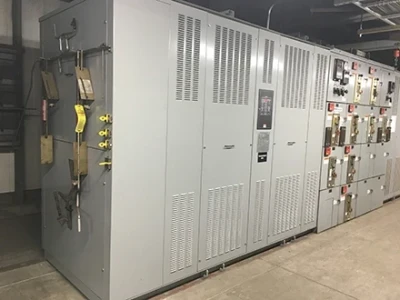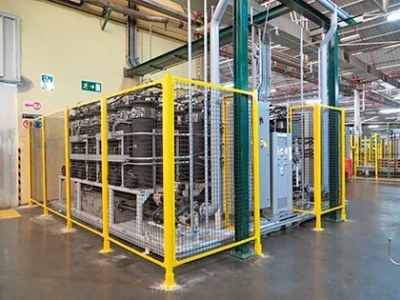New options for insulation systems in power transformers

Introduction
The development of new insulation materials has been critical in the evolution of the design of power transformers. Insulation systems for liquid filled power transformers are a combination of materials that are aimed to provide the required electrical, mechanical, thermal properties together with a full chemical compatibility for successful operation of the transformer for several decades under defined operation conditions.
Materials enabling innovative power transformer solutions
The offering of solid materials like papers or pressboards as well as dielectric fluids has been in constant evolution in the 20th century as the use of transformers was expanding through the development of electrical networks around the world. As the timeline in Fig. 1 shows, several materials have played important role in the design of the transformers over the past century.
While the first half of the 20th century has seen the development and combination of cellulose based materials for the solid insulation
[1] and mineral oil for the fluid, the second half of the century has seen the arrival of new materials based on synthetic polymers.
With the introduction of high-quality cellulose pulp, the production of cellulose paper with improved performance has seen tremendous progress initiated in the late 1920’s making it the main choice of insulation combined with mineral oil. Another step was the introduction of thermally upgraded Kraft (TUK) papers in the 1960’s. Already at that time the aim was to improve the thermal stability of the paper insulation, a limiting element when transformers have to overcome challenging load profiles or need to meet more stringent size and weight constraints.









